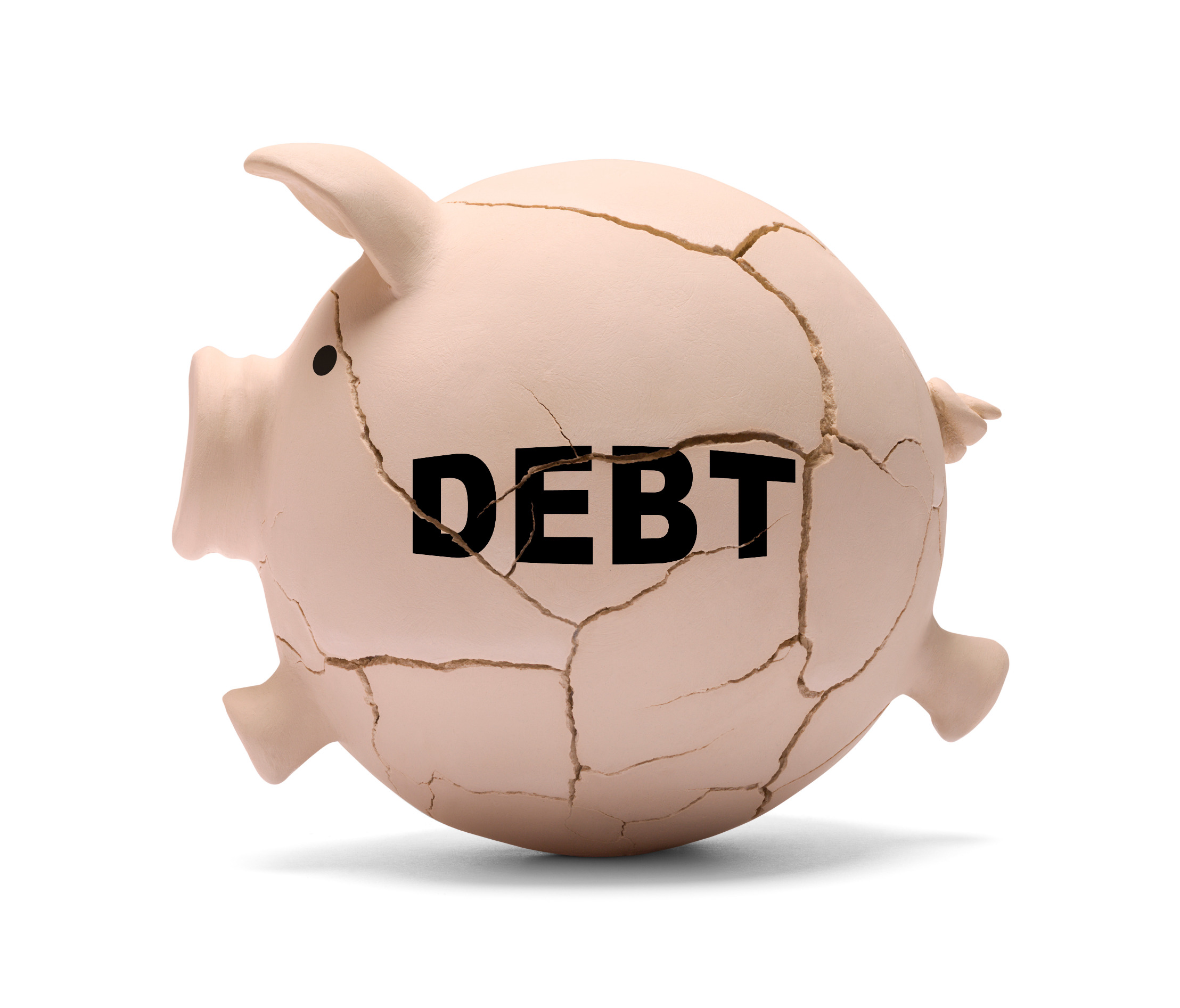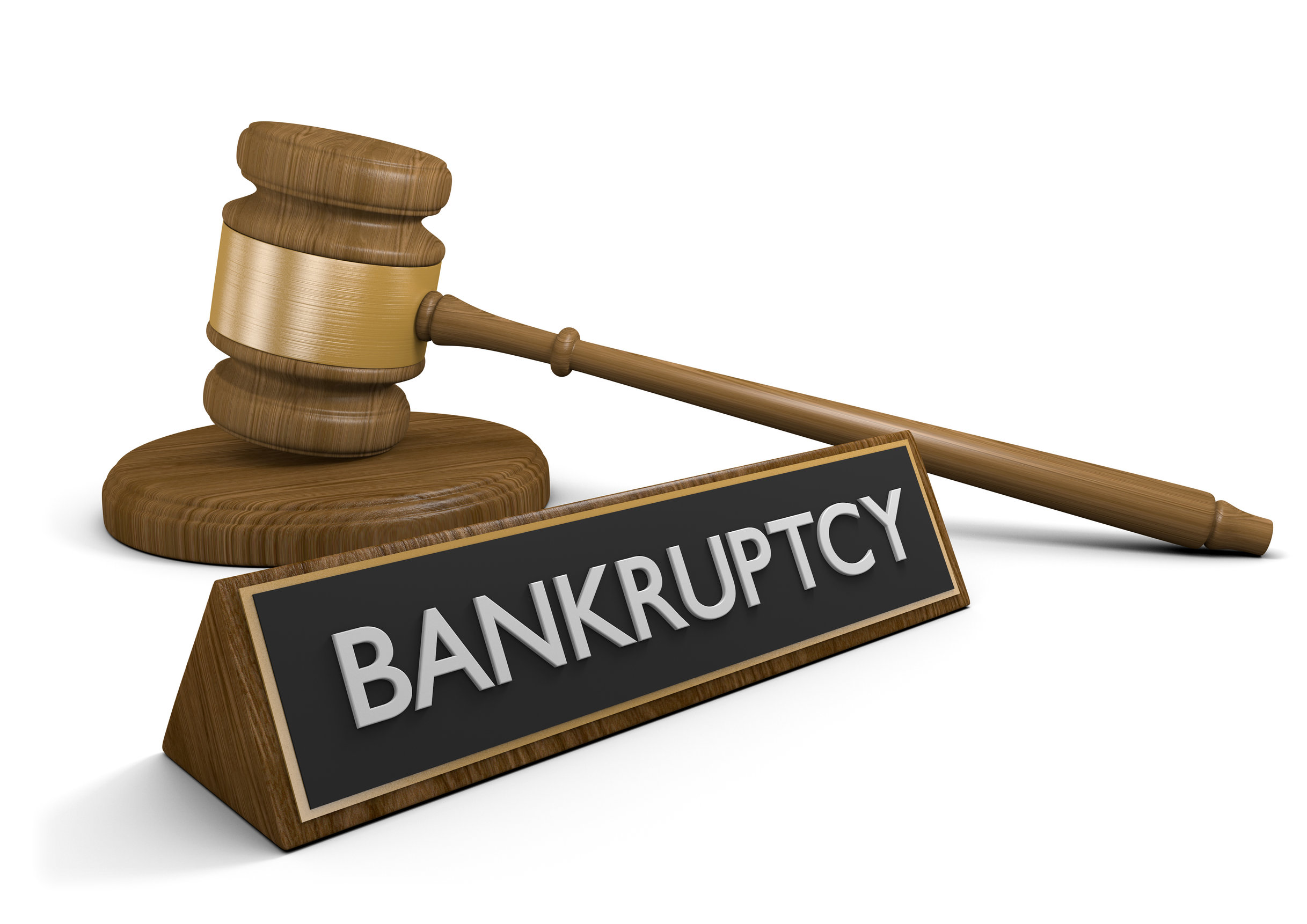By: Editorial Staff, Date: March 21st, 2023
Chapter 11 of the U.S. Bankruptcy Code provides a legal framework for companies to reorganize their debts and operations while under the protection of the bankruptcy court. This process is commonly known as corporate bankruptcy reorganization.
When a company files for Chapter 11 bankruptcy, it is typically in financial distress and unable to pay its debts. The bankruptcy court will appoint a trustee to oversee the reorganization process and ensure the company complies with the bankruptcy code.

How does Chapter 11 work?
During the Chapter 11 process, the company can continue its business activities under the supervision of the court. This allows the company to maintain its operations, preserve its assets, and continue to generate revenue while it works to restructure its debts and operations.
One of the key benefits of this type of bankruptcy is that it provides the company with protection from creditors. This means that creditors are not allowed to take legal action against the company to collect debts while the company is in bankruptcy.
Instead, the company will work with its creditors to develop a reorganization plan that will allow it to pay back its debts over time. This plan will typically involve renegotiating the terms of the company’s existing debt, as well as making operational changes to increase revenue and decrease expenses.
The bankruptcy court will review the company’s plan of reorganization and determine whether it is feasible and fair to its creditors. If the court approves the plan, the company will be allowed to exit bankruptcy and continue operating its business under the terms of the plan.
If the debtor is unable to develop a feasible reorganization plan, or if the court determines that the plan is not fair to the creditors, the bankruptcy court may order the company to liquidate its assets and distribute the proceeds to its creditors.
The biggest advantage of Chapter 11
Recently, the COVID-19 pandemic has led to an increase in Chapter 11 bankruptcy filings, as many businesses have been forced to close or significantly reduce their operations due to government-mandated shutdowns and reduced consumer demand.
However, while Chapter 11 bankruptcy reorganization can be a complex and challenging process, it can also provide companies with a fresh start and a chance to restructure their finances and operations for long-term success.
The biggest disadvantage
Although filing for Chapter 11 bankruptcy can provide companies a chance to reorganize and continue their business affairs, there are also several potential disadvantages to consider. Chapter 11 bankruptcy proceedings can be lengthy and expensive, with legal and administrative fees adding up quickly. The company may also need to hire financial advisors, accountants, and other professionals to help develop and implement its reorganization plan.
Thus, if you or your business are facing financial difficulties, it may be worth considering the benefits and drawbacks of Chapter 11 bankruptcy as a potential solution.
Join our upcoming webinar: Chapter 11 Corporate Bankruptcy Reorganizations: Leases and Executory Contracts
Upcoming Webcasts
Navigating the Complex World of Corporate Bankruptcy and Reorganization
In the dynamic landscape of corporate bankruptcy and reorganization, it remains pivotal for businesses to comprehend the intricacies involved and adeptly navigate through them.

